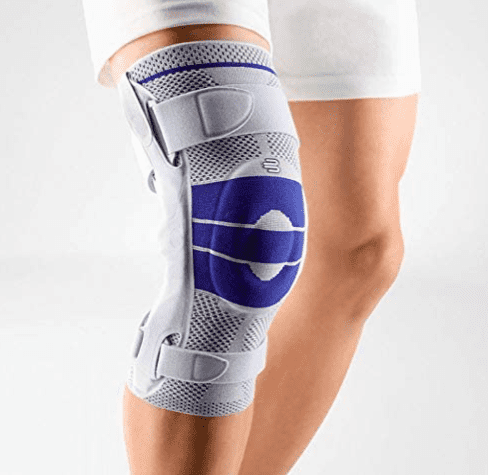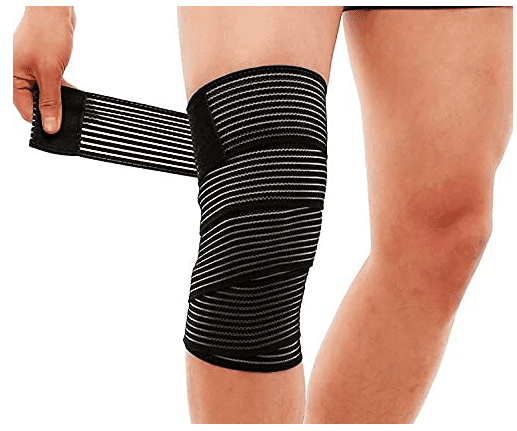Hamstring Tendonitis Exercises
Read More >
Hamstring tendonitis is a painful condition affecting the hamstring tendons. This can either be a high hamstring tendonitis affecting the hamstring attachment to the ischial tuberosity of the pelvis or a low hamstring tendonitis affecting the hamstring tendons at the back of the knee.
These two variations require different and specific treatment. Here, we discuss and recommend taping techniques and hamstring braces for low hamstring tendonitis, which affects the back of the knee.
James McCormack is a Physical Therapist specialising in knee, foot & ankle injuries. www.james-mccormack.com participates in the Amazon Services LLC Associates Program, an affiliate advertising program designed to provide a means for sites to earn advertising fees by advertising and linking to Amazon.com. Earnings from this are used to create free-to-read content without affecting the price of the products we recommend.
The best Hamstring Brace for low hamstring tendonitis offers compression around the knee joint and stability if the symptoms include instability. Here are two that we recommend.
We recommend this brilliant knee brace for severe hamstring tendinopathy. It offers compression but also good stability around the knee joint.
It is flexible, washable and designed to be worn while exercising.


This is an adjustable thigh wrap that you can use to apply compression around hamstring injury. Usually, with hamstring tendonitis, compression over the painful tendon will reduce symptoms.
This strap is adjustable to get the compression you need while being comfortable and breathable.
Taping can be used as a pain management strategy and is often used to aid individuals to play sport when they have an injury. Tape does not help to heal the injury, but can offer some temporary pain relief. Here are two ways to tape the knee that can offer support to offload the hamstring and offer pain relief.
This is a taping technique for severe cases when pain is high and worsens the strength of the hamstring over the knee joint. This will prevent the knee from fully straightening and keep the tendons behind the knee offloaded.
This tape will allow for recovery of the hamstrings and help symptoms to reduce. This is needed to start rehabilitation exercises to strengthen the hamstring muscle and tendon.
This article is written by James McCormack, a Foot and Ankle Specialist who is an expert in prescribing braces, supports and taping methods for Hamstring Tendonitis.
This is not medical advice. We recommend consulting with a medical professional such as James McCormack before purchasing any of the products recommended in this article. James offers Online Physiotherapy Appointments weekly and face-to-face appointments in his London clinic.